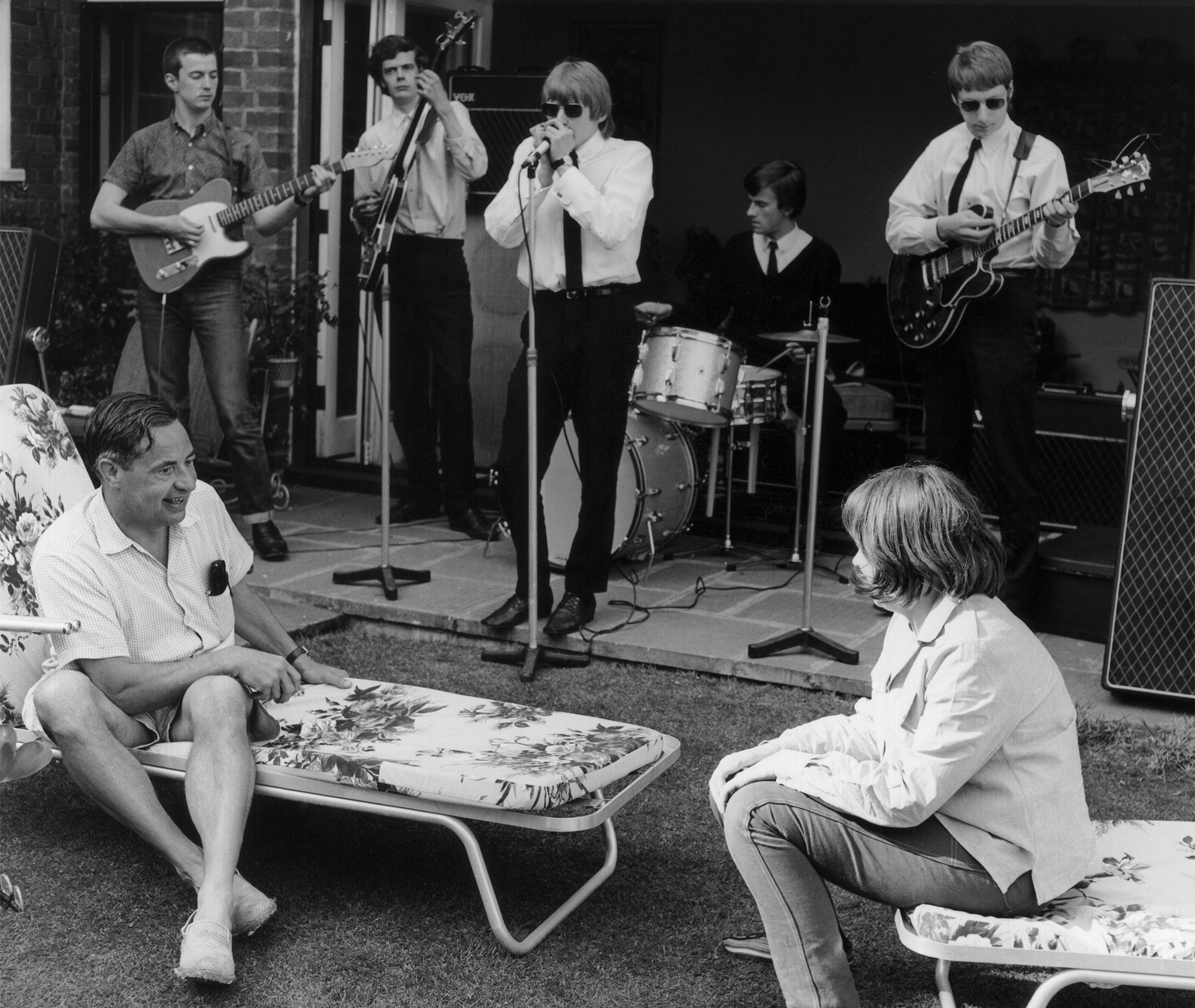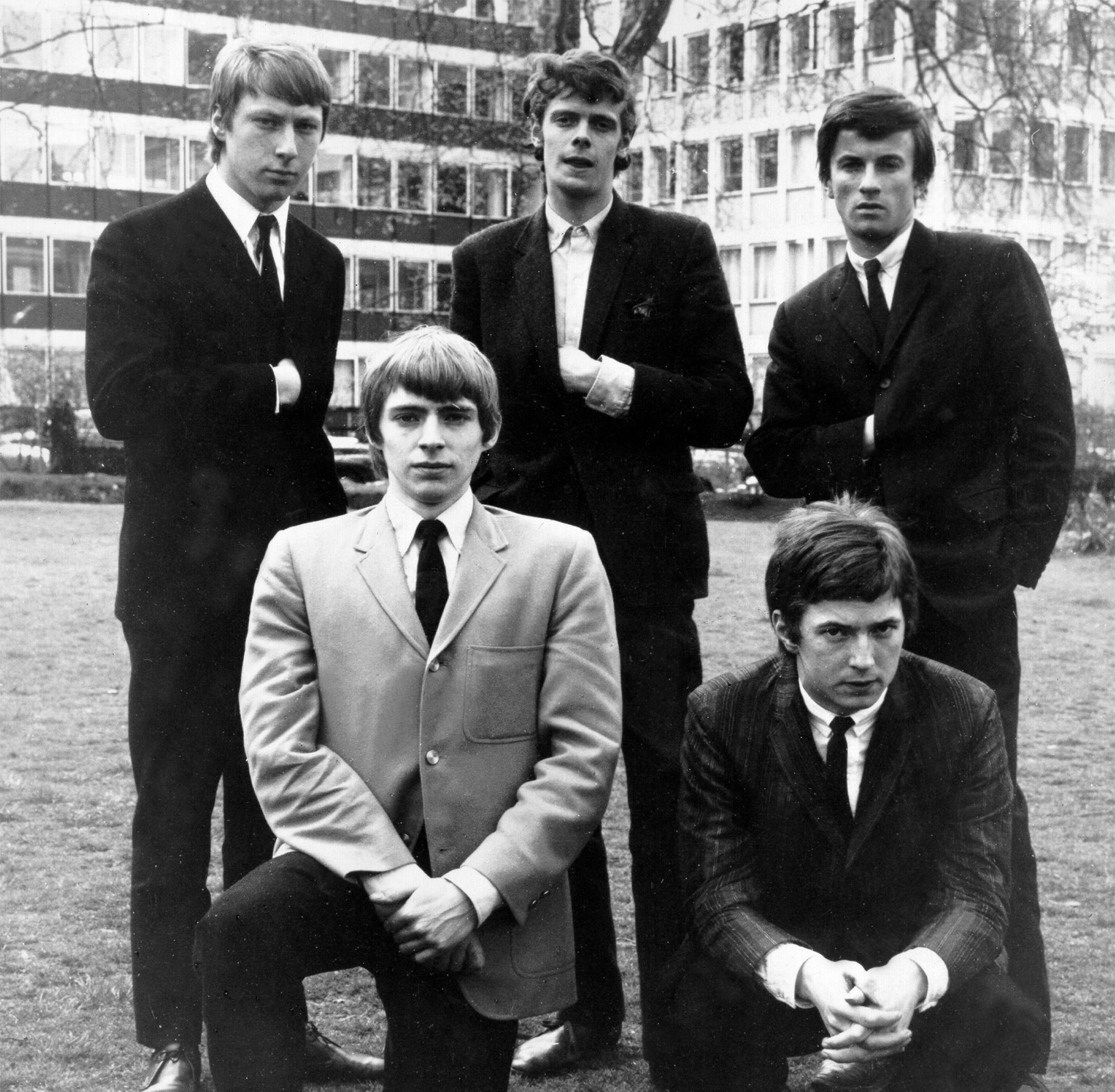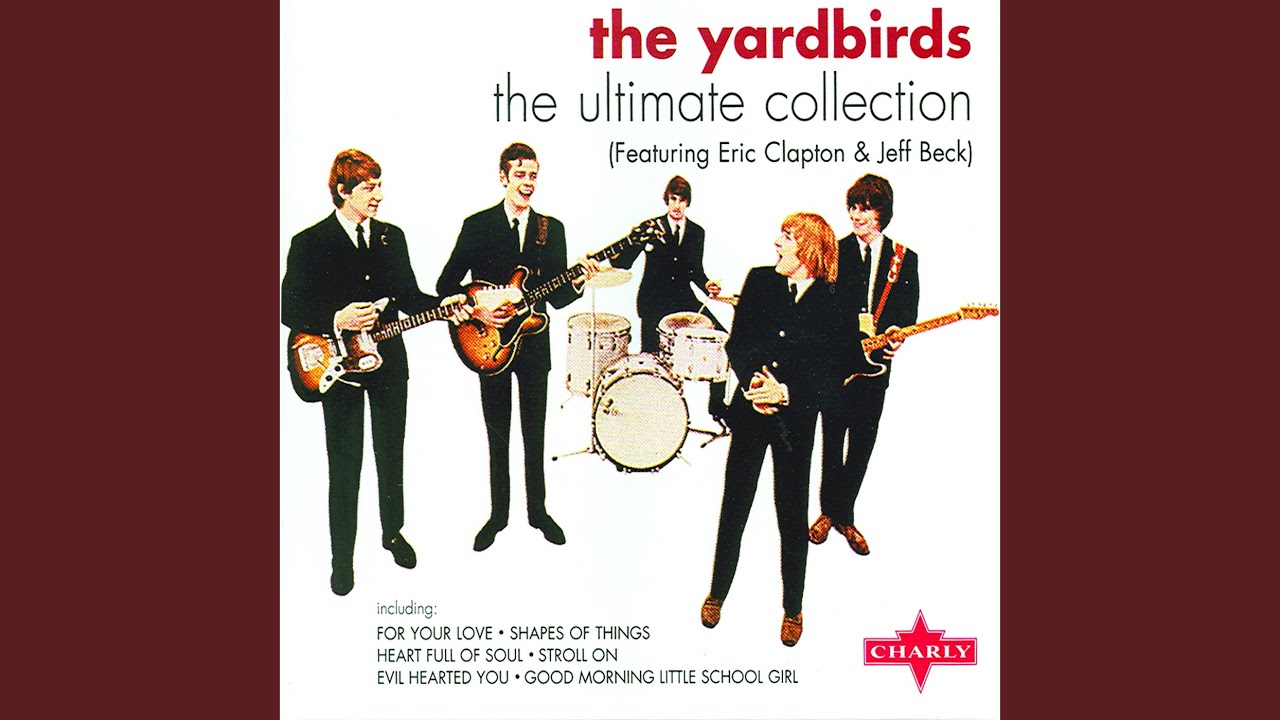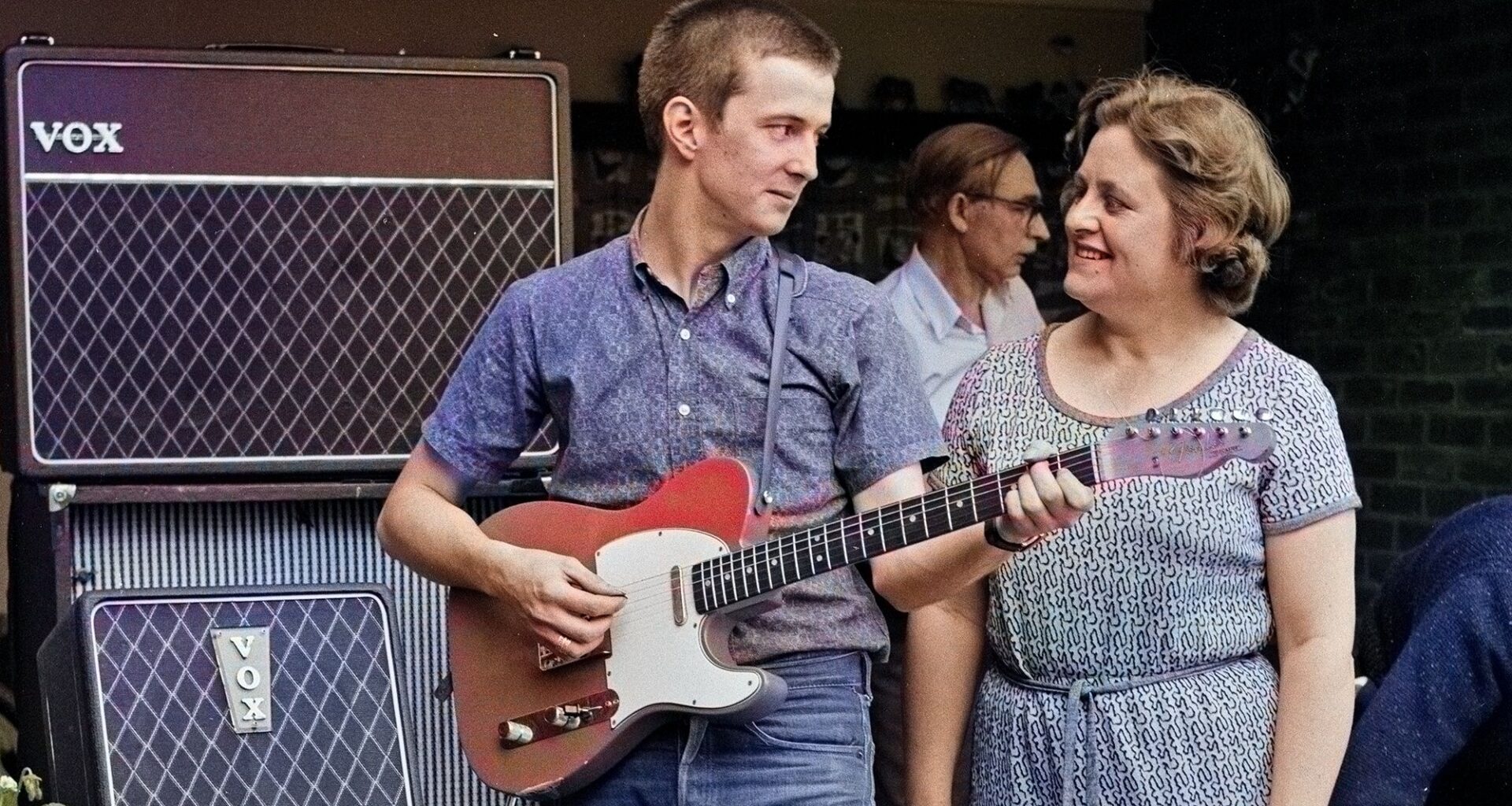As drummer for the Yardbirds — the only one in the British band’s history, in fact — Jim McCarty spent six years during the ’60s staring at the backsides of three of the greatest guitarists in rock history. That, in turn, gave him a front-row seat in the early careers of Eric Clapton, Jeff Beck and Jimmy Page.
“It’s amazing, isn’t it? And with time it gets better and better,” McCarty, who still leads the band, tells us from his current home in France. “Going back to the time, they were all learning how to do it. They were all part of the team, as I say. We were all trying to play and having good fun playing that sort of music. And they were all very different.”
“Very,” of course, may be a vast understatement, of course, and McCarty not surprisingly has a keen view of each of his former bandmates, as well as others who have played guitar for the Yardbirds during the past 62 years.
You may like
Here he shares his recollections of working with Clapton, who performed with the group from October 1963 to March 5, 1965, the day their first hit, “For Your Love,” was released. Unhappy with the group’s pop direction, Clapton signed up with John Mayall’s Bluebreakers.
“Eric was coming from a difficult upbringing, because he wasn’t really brought up by his parents,” McCarty says. “He was brought up by his grandmother, who he thought was his mother. We met her, and she was a lovely woman, very chatty and very friendly. But that gave him a challenged outlook on things, and I think he took the blues up as his personal crusade.

The Yardbirds perform for Lord Ted Willis (seated at left). (Image credit: Jeremy Fletcher/Redferns)
“He was totally dedicated to the blues, and also seemingly very ambitious and very much into fashion and how he looked. He made sure he was dressed in the latest gear, and the coolest clothes. Even when he came to the audition, he was very well-dressed. And he would change. First of all it was an Ivy League style, and he had a crew cut, and then he’d suddenly grow his hair and grow his sideburns and have different clothes and become like a different person.
“Eric was obviously gonna go somewhere. You knew that yes, one day he’ll be a big star, ’cause he was driven to do that, and he was getting a reputation while he was playing with us. He used to copy blues solos — Matt ‘Guitar’ Murphy or Buddy Guy or somebody — and copy them note for note before he got his own thing going. But he loved blues and he was very, very serious about it, even though he did actually mess around quite a lot with us in terms of jokes and funny voices and impersonating weird people.
“But he was a very moody sort of guy. We’d be traveling in a transit van, going to the shows, and he would sit in the corner and not talk to anybody. The rest of us would be messing about, and he’d be in a little world of his own, obviously quite unhappy with the way it was going.

“A very moody sort of guy.” Clapton (lower right) sulks at a 1964 shoot with the Yardbirds. (clockwise from lower left) Keith Relf, Chris Dreja, Paul Samwell-Smith, Jim McCarty and Clapton. (Image credit: Michael Ochs Archives/Getty Images)
“We were trying to get a hit single. We were quite desperate, actually. We tried some of his ideas for singles, various songs he suggested. I think there was a song called ‘Putty in Your Hands’ that the Shirelles did, and a Major Lance song which I can’t remember. And ‘Hang on Sloopy’ was another one he suggested, before the McCoys. [The Vibrations released the original version in 1964 prior to the McCoys’’version, which featured the late Rick Derringer on guitar and vocals].
“They were all good songs but they weren’t gonna be hits. They didn’t stand out like ‘For Your Love’ did, and when Paul Samwell-Smith suggested we do it like with the harpsichord and the bowed bass and everything, Eric didn’t like the way that was taken over. He thought we were selling out. But he was seemingly quite happy with John Mayall.”
For Your Love – Original – YouTube

Clapton joined Mayall within a month of leaving the Yardbirds, and went on to build his reputation as Britain’s leading blues electric guitar player with the release of Blues Breakers With Eric Clapton in July 1966.
By then, he was already gone, having formed Cream with bass guitarist Jack Bruce and drummer Ginger Baker the prior month. Clapton would bounce from band to band over the next years, forming first Blind Faith, then Derek and the Dominos, the one group he thought would last years. They broke up less than a year after releasing their studio album, Layla.& Other Assorted Love Songs.

